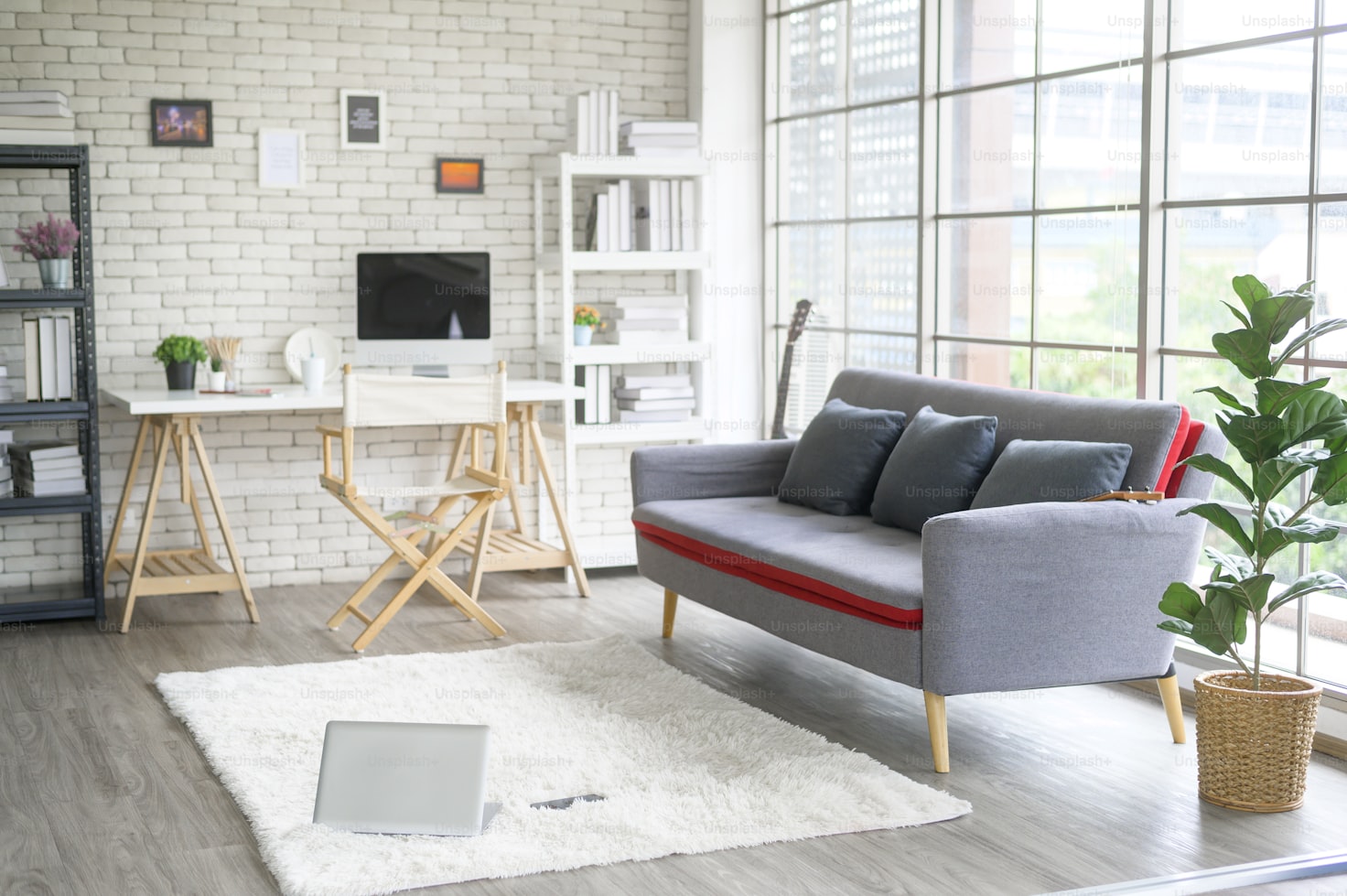
The living room, often considered the heart
of the home, is a space where we gather with loved ones, relax after a long day, and entertain guests. It’s a reflection of our personal style and a sanctuary where we can unwind. Designing a living room that is both functional and aesthetically pleasing requires a blend of creativity, planning, and attention to detail.
Before diving into design choices, consider the primary purpose of your living room. Is it a space for entertaining guests, a cozy retreat for reading and relaxation, or a combination of both? Understanding your needs will guide your design decisions. For example, a living room designed for entertaining might prioritize seating arrangements and a spacious layout, while a relaxation-focused space might emphasize cozy seating, soft lighting, and a calming color palette.
A well-planned layout is essential for creating a functional and inviting living room. Consider the flow of traffic, the placement of furniture, and the accessibility of key areas. Ensure that there’s enough space for people to move around comfortably, and that furniture is arranged to facilitate conversation and create a sense of balance.
Color plays a significant role in shaping the mood and atmosphere of a space. Choose a color palette that reflects your personal style and the desired vibe for your living room. Warm colors like orange and yellow can create a sense of energy and warmth, while cool colors like blue and green promote calmness and relaxation. Consider using a neutral base color for walls and then introducing pops of color through furniture, artwork, and accessories.
Choose furniture that is both comfortable and stylish. Consider the size and shape of your living room, the types of activities you’ll be doing, and the overall design aesthetic. A well-placed sofa, a cozy armchair, and a stylish coffee table can create a welcoming and functional space.
Lighting can dramatically impact the ambiance and functionality of a living room. Use a combination of overhead lighting, accent lighting, and task lighting to create a balanced and inviting atmosphere. Overhead lighting provides general illumination, while accent lighting highlights specific features, such as artwork or plants, and task lighting illuminates reading areas or workspaces.
Accessories and details can add personality, warmth, and a touch of whimsy to a living room. Consider using throw pillows, blankets, artwork, plants, and decorative items to create visual interest and personalize the space.
Window treatments can control natural light, enhance privacy, and add a touch of style to a living room. Consider using curtains, blinds, or shades that complement the overall design aesthetic.
Texture adds depth and interest to a living room. Incorporate different textures through furniture upholstery, rugs, throw pillows, and wall coverings. For example, a smooth leather sofa can be paired with a textured wool rug to create visual contrast and interest.
Ultimately, the best living room design is one that reflects your personal style and makes you feel happy and at home. Don’t be afraid to experiment with different ideas and create a space that truly expresses your unique personality. Whether you prefer a sleek and modern living room or a warm and inviting traditional style, let your creativity guide your design choices.

